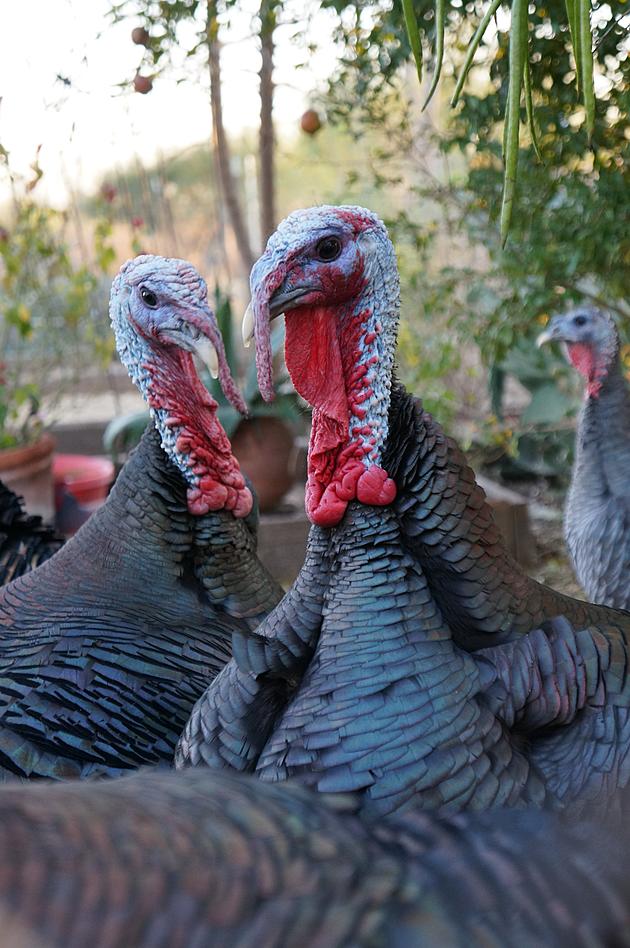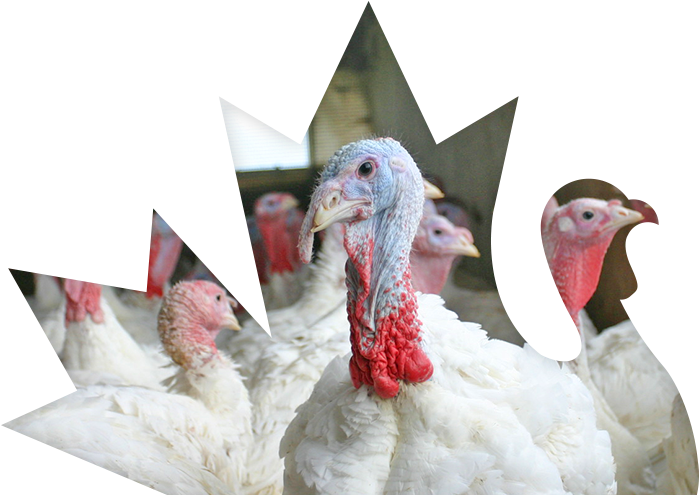Sport
The Total Turkey Revenue for Thanksgiving Turkeys An Analysis of the Thanksgiving Tradition
Thanksgiving is a holiday celebrated in the United States and Canada, where families gather to give thanks for the blessings of the year and share a meal together. One of the most iconic dishes served during this holiday is the Thanksgiving turkey, a large bird that has become a symbol of the celebrations. But have you ever wondered about the total turkey revenue for Thanksgiving turkeys? In this article, we will explore the history of Thanksgiving turkeys, the current market trends, and the total revenue generated from these birds during the holiday season.
The History of Thanksgiving Turkeys

The tradition of serving turkey during Thanksgiving can be traced back to the 1621 harvest festival celebrated by the Pilgrims in Plymouth, Massachusetts. It is believed that the Native Americans brought turkeys as a gift to the feast, which was later incorporated into traditional Thanksgiving meals. However, it wasn’t until the mid-1800s that turkey became the main dish for Thanksgiving dinners.
In 1863, President Abraham Lincoln declared Thanksgiving a national holiday, and since then, turkey has been an integral part of the celebrations. The bird’s size and affordability made it a popular choice for families to serve a large number of people. Moreover, the time-consuming process of roasting a turkey also added to the nostalgic and traditional aspect of the holiday.
The Current Market Trends for Thanksgiving Turkeys

In recent years, there has been a shift in the way people consume food, which has also affected the Thanksgiving turkey industry. With more emphasis on health and conscious eating, consumers are now looking for alternatives to the traditional whole roasted turkey. Plant-based options, such as Tofurky, have gained popularity among vegetarians and vegans, while others opt for smaller portions or different types of meat like ham or duck.
However, despite these changes, turkey remains the most popular choice for Thanksgiving dinners. According to the National Turkey Federation, in 2019, 46 million turkeys were consumed during Thanksgiving, generating a revenue of $986 million for the industry. This was a slight decrease from the previous year, where 50 million turkeys were consumed and generated a revenue of $1.04 billion. The slight dip could be attributed to the rise in alternative options and people choosing to dine out rather than cook at home.
The Leading Brands in the Turkey Industry
When it comes to buying turkeys for Thanksgiving, there are several brands available in the market. Some of the leading brands include Butterball, Jennie-O, Honeysuckle White, and Shady Brook Farms. These brands offer various turkey products, including whole turkeys, turkey breasts, and pre-seasoned options. Butterball is the most recognizable brand in the industry, with over 40% of the market share.
The Impact of COVID-19 on Thanksgiving Turkey Revenue

The year 2020 has been challenging for the food industry due to the COVID-19 pandemic. With restrictions on gatherings and social distancing measures, many families had to change their Thanksgiving plans, which had an impact on the turkey industry.
According to the National Turkey Federation, in 2020, 33 million turkeys were consumed during Thanksgiving, generating a revenue of $722 million. This was a significant decrease from the previous year, with a decline of 28 million turkeys consumed and a revenue decrease of $264 million. The decline can be attributed to smaller gatherings, fewer traditional celebrations, and a shift towards alternative options.
The Rise of Online Sales for Thanksgiving Turkeys
With the pandemic limiting in-person shopping, more consumers turned to online platforms to purchase their Thanksgiving turkeys. Companies like Whole Foods, Walmart, and Target offered online ordering and delivery services for turkey purchases, making it convenient for customers to still have a traditional Thanksgiving meal at home.
Moreover, many local farms also saw an increase in online sales for their turkeys, as people wanted to support small businesses during these difficult times. This shift towards online sales is likely to continue even post-pandemic, as more consumers have become comfortable with this mode of shopping.
The Economics of Thanksgiving Turkey Revenue

Thanksgiving turkeys are a significant contributor to the economy, providing employment and revenue for various industries. According to the University of Minnesota’s Food Industry Center, the turkey industry generates $10 billion in direct economic activity each year. This includes the production, processing, distribution, and sale of turkeys.
Moreover, the National Turkey Federation estimates that the turkey industry creates over 20,000 jobs in the United States each year, providing employment opportunities for farmers, processors, and retailers. The industry also contributes to the country’s exports, with an estimated $500 million in turkey products exported annually.
The Cost of Producing Thanksgiving Turkeys
The cost of producing a Thanksgiving turkey varies depending on the size and type of bird. However, on average, it costs around $1.50 per pound to raise a turkey. This cost includes feed, housing, labor, and transportation. With turkeys ranging from 10-24 pounds, the average cost to produce one turkey is around $15-$36.
On the retail end, consumers pay an average of $2 per pound for a whole turkey, depending on the brand and quality. This means that the average cost for a 15-pound turkey would be around $30. However, prices can vary based on demand, market trends, and location.
FAQs about Thanksgiving Turkey Revenue

What is the most expensive Thanksgiving turkey ever sold?
In 2019, a premium organic turkey from Whole Foods was priced at $3.49 per pound, making it the most expensive Thanksgiving turkey at the time.
Is turkey the only traditional dish served during Thanksgiving?
No, while turkey is the most popular dish, families also enjoy a variety of other traditional dishes such as mashed potatoes, cranberry sauce, and pumpkin pie.
Do people in other countries celebrate Thanksgiving with turkey?
Thanksgiving is primarily celebrated in the United States and Canada, but many countries have similar harvest festivals where they serve dishes similar to Thanksgiving meals.
What are some alternative options for those who do not eat turkey?
Some popular alternatives include Tofurky, plant-based roasts, ham, or duck.
Why is there a decline in turkey revenue during the pandemic?
The decline can be attributed to smaller gatherings, fewer traditional celebrations, and a shift towards alternative options due to restrictions and safety concerns.
Conclusion
Thanksgiving turkeys have been an integral part of the holiday celebrations for centuries, and their popularity continues to grow. While the industry has faced challenges and changes over the years, it remains a significant contributor to the economy and a symbol of tradition and unity for families. The total turkey revenue for Thanksgiving turkeys may fluctuate depending on market trends and external factors, but one thing is certain- the tradition of serving this iconic bird will continue to bring people together to give thanks and share a meal.

